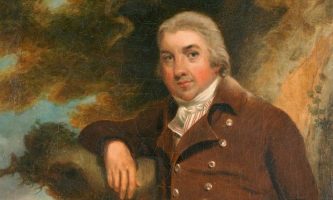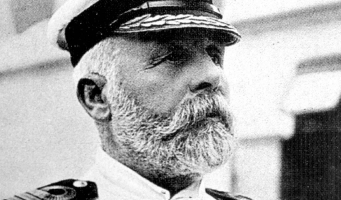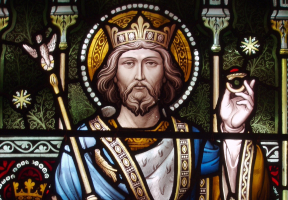Top 7 Interesting Facts about Edward Teller
Edward Teller (January 15, 1908 - September 9, 2003) was a Hungarian-American theoretical physicist known colloquially as "the father of the hydrogen bomb". ... read more...Teller was known throughout his life for his scientific abilities as well as his challenging interpersonal relationships and explosive disposition. Here are the 7 interesting facts about Edward Teller you should know.
-
It is a fact that Edward Teller was born in a Jewish family. He was born on January 15, 1908, into a Jewish household in Budapest, Austria-Hungary. Ilona, a musician, and Max Teller, an attorney, were his parents. He attended Fasori Lutheran Gymnasium and later the Lutheran Minta (Model) Gymnasium in Budapest. Teller, who was born Jewish, subsequently became an agnostic Jew. "Religion was not an issue in my family," he said later, "indeed, it was never discussed". His only religious education came from the Minta, which forced all pupils to take religion classes. His family celebrated one holiday, the Day of Atonement when they all fasted. Nonetheless, his father said prayers for his parents on Saturdays and on all Jewish holidays. He said that "The idea of God that I absorbed was that it would be wonderful if He existed: We needed Him desperately but had not seen Him in many thousands of years." Teller was a late talker who developed the capacity to speak later than normal youngsters, but he grew fascinated with numbers and would mentally compute enormous figures for amusement.
Teller fled Hungary for Germany in 1926, mainly due to Miklós Horthy's regime's discriminatory numerus clausus rule. During his adolescence, the political milieu and revolutions in Hungary established in Teller a deep hatred for both Communism and Fascism.
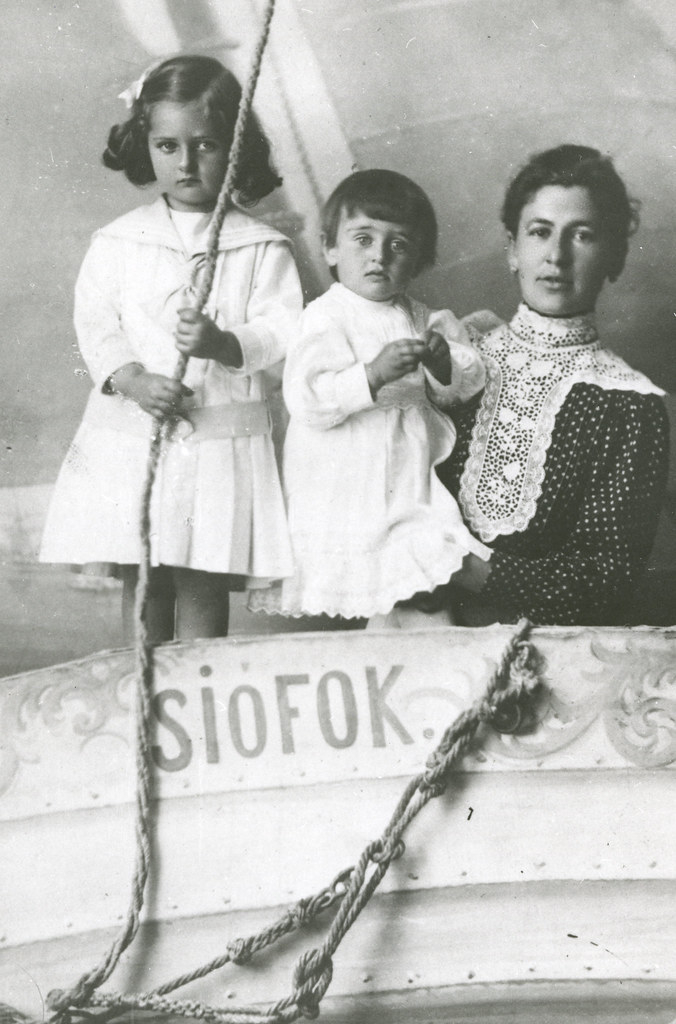
Edward Teller and his mother and sister -Photo: flickr.com 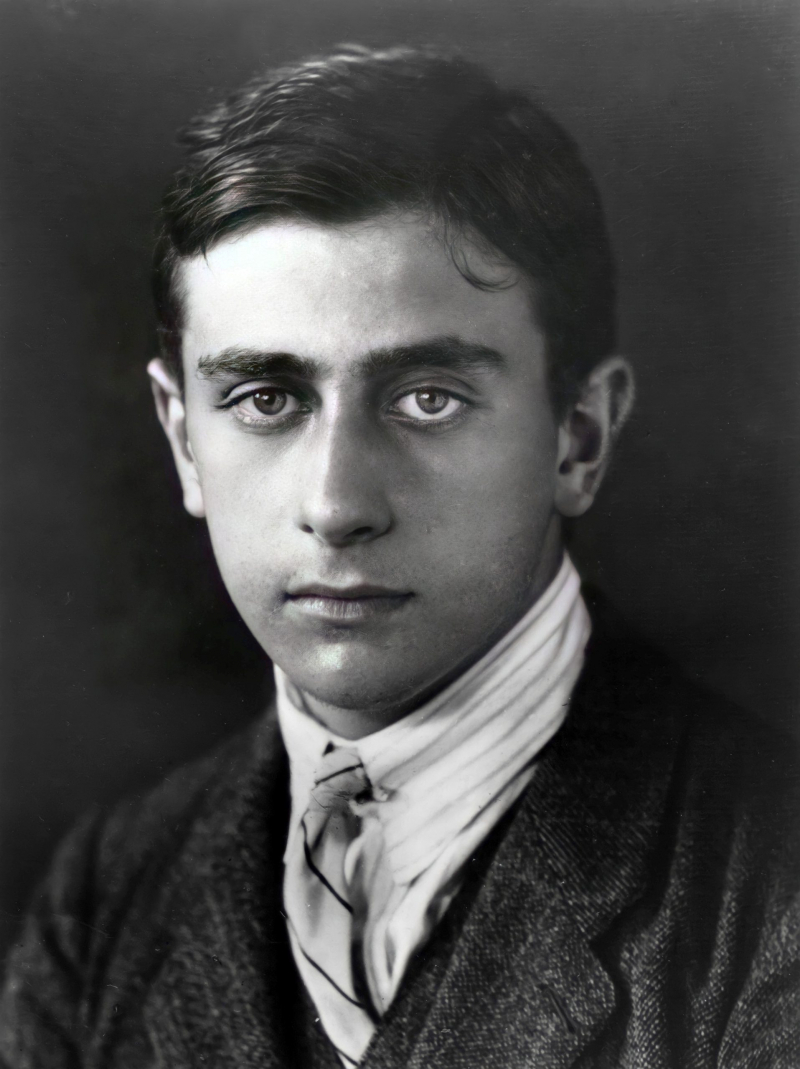
Photo: achievement.org -
One of the most interesting facts about Edward Teller is that his decision to study physics was not well appreciated by his father. Teller studied mathematics and chemistry at the University of Karlsruhe from 1926 to 1928, graduating with a degree in chemical engineering. He once remarked that Herman Mark, a visiting professor, was responsible for him becoming a physicist after hearing lectures on molecular spectroscopy when Mark made it plain to him that it was new concepts in physics that were fundamentally redefining the boundary of chemistry. Herman Francis Mark was an Austrian-American scientist known for his contributions to polymer science. Mark's work on the molecular structure of fibers using x-ray diffraction offered vital support for the macromolecular hypothesis of polymer structure. He and Houwink developed an equation, now known as the Mark-Houwink or Mark-Houwink-Sakurada equation, that describes the dependency of a polymer's inherent viscosity on its relative molecular mass (molecular weight). He was a Polytechnic Institute of Brooklyn professor for many years. Mark was an expert in polymer chemistry, an area critical to understanding biochemistry, and he told him about the main quantum physics achievements made by Louis de Broglie, among others. Teller was inspired to pursue physics after being exposed to it through Mark's lectures.
His father was so anxious after learning of his son's intention to switch that he traveled to see him and speak with his lecturers at school. While a degree in chemical engineering was a sure path to well-paying employment at a chemical company, a degree in physics did not have the same clear path. He was not privy to his father's discussions with his instructors, but the result was that he received his father's consent to become a physicist.
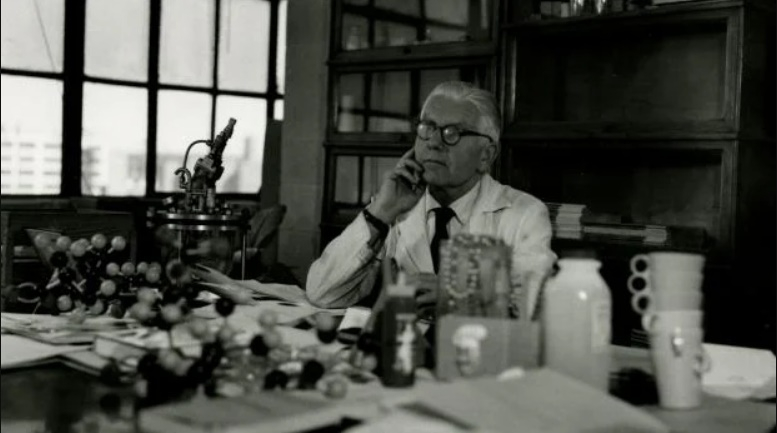
Herman Francis Mark -Photo: chemistry.msu.edu 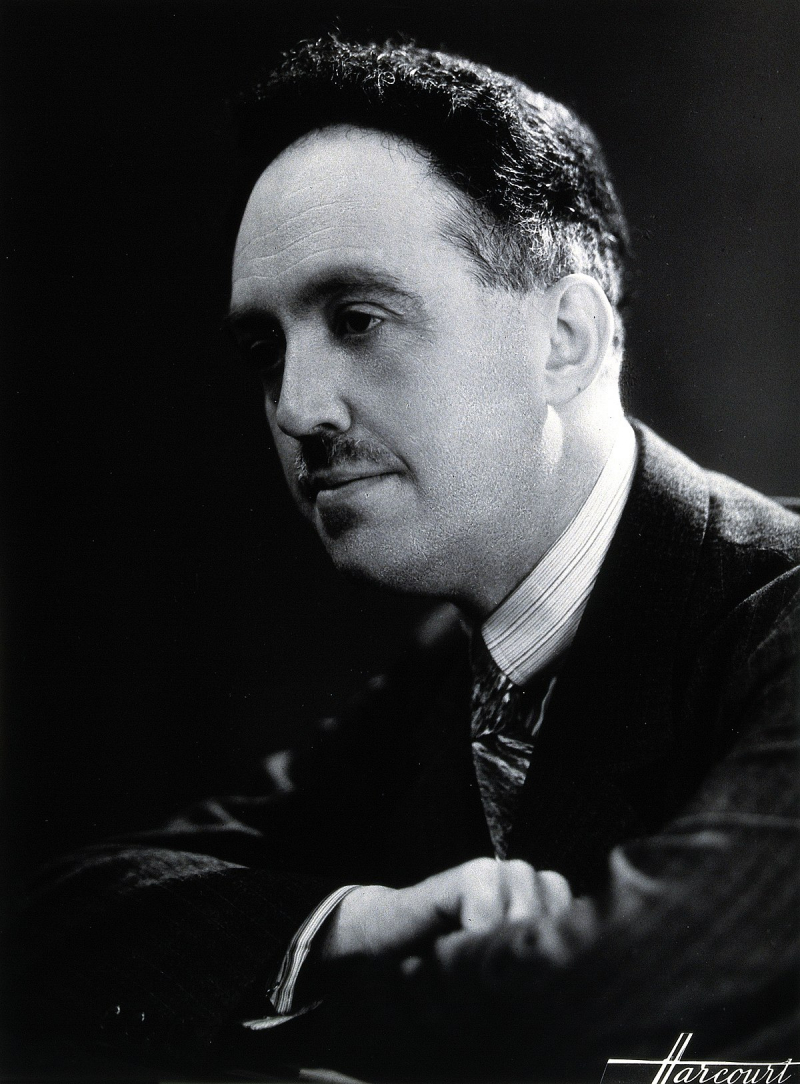
Louis Victor Pierre Raymond -Photo: commons.wikimedia.org -
One of the most interesting facts about Edward Teller is that he got out of Germany because at that time Germany became unsafe for Jewish people. Teller moved to the University of Göttingen in 1930, which was then one of the world's great physics centers due to the presence of Max Born and James Franck, but after Adolf Hitler became Chancellor of Germany in January 1933, Germany became unsafe for Jewish people, and he left with the help of the International Rescue Committee. He visited England briefly before moving to Copenhagen for a year to work with Niels Bohr. He married his long-term lover, Augusta Maria Mici Harkanyi, the sister of a friend, in February 1934. Edward and Mici got married at a Calvinist church because Mici was a Calvinist Christian. In September 1934, he returned to England.
Mici had been a student in Pittsburgh and wished to return to America. Teller's chance came in 1935 when she was invited to the United States by George Gamow to become a professor of physics at George Washington University, where he worked with Gamow until 1941. Teller proposed the Jahn-Teller effect at George Washington University in 1937, which distorts molecules in certain conditions and influences the chemical reactions of metals, particularly the color of certain metallic dyes. Teller and Hermann Arthur Jahn examined it as pure mathematical physics. Teller also made a significant contribution to surface physics and chemistry in cooperation with Stephen Brunauer and Paul Hugh Emmett: the Brunauer-Emmett-Teller (BET) isotherm. On March 6, 1941, Teller and Mici were naturalized citizens of the United States.
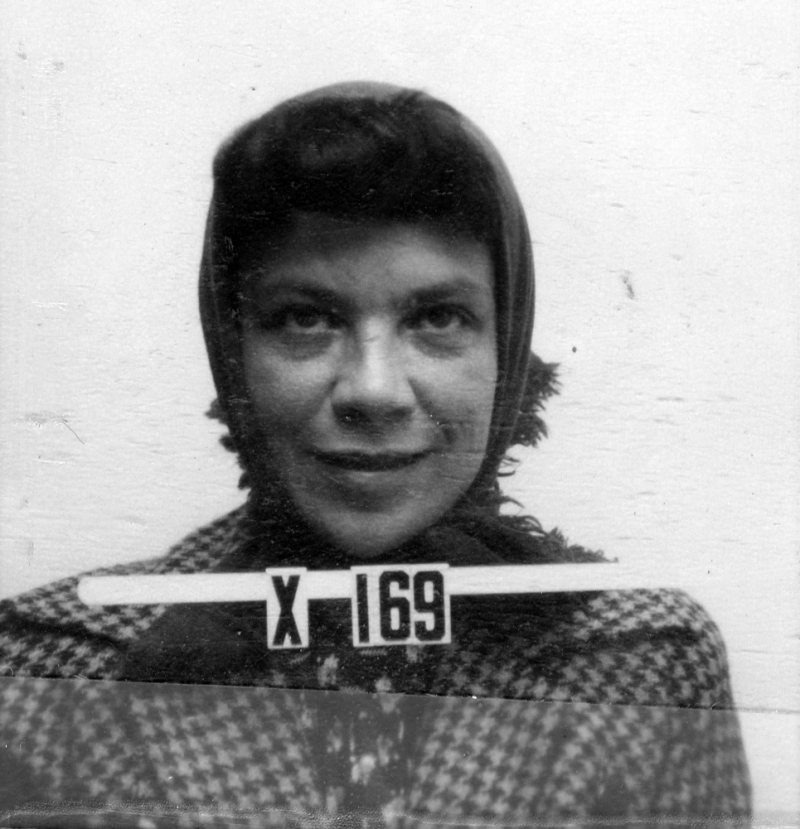
Augusta Maria Mici Harkanyi, -Photo: atomicheritage.org 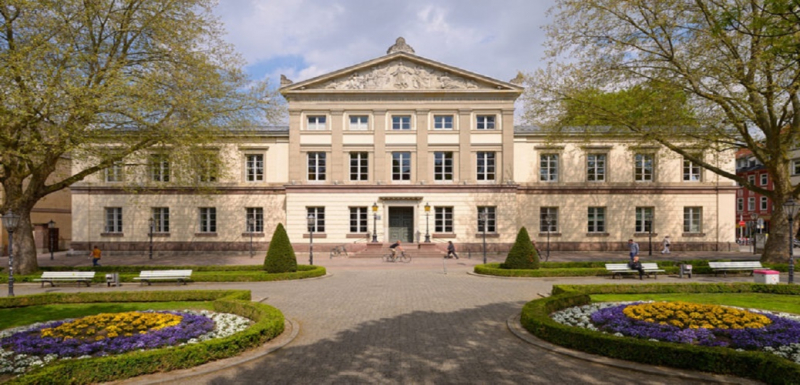
University of Göttingen -Photo: gotouniversity.com -
Teller was invited to participate in Robert Oppenheimer's summer planning seminar at the University of California, Berkeley, in 1942, for the beginnings of the Manhattan Project, the Allied effort to build the first nuclear weapons. Teller had been discussing the potential of atomic warfare with his friend and colleague Enrico Fermi a few weeks before, and Fermi had casually mentioned that perhaps a weapon based on nuclear fission could be used to trigger off an even greater nuclear fusion reaction. Despite his original explanation to Fermi as to why he thought the idea would not work, Teller was fascinated by the possibilities and rapidly became bored with the idea of just an atomic bomb, despite the fact that this was not yet anywhere near completion. Teller shifted the focus of the Berkeley session from the fission weapon to the prospect of a fusion weapon, which he dubbed the "Super," an early notion of what would later be known as a hydrogen bomb.
Teller was assigned to the Theoretical (T) Division. He was assigned the alias Ed Tilden. He was irritated that he had been passed up as its leader; the position was ultimately awarded to Hans Bethe. Oppenheimer assigned him to research novel techniques for constructing fission weapons, such as autocatalysis, which would increase the efficiency of the bomb as the nuclear chain reaction continued but proved impracticable. He also looked into utilizing uranium hydride instead of uranium metal, but its efficiency was negligible or less. Even though it was a low priority during the war, he continued to push his ideas for a fusion weapon.
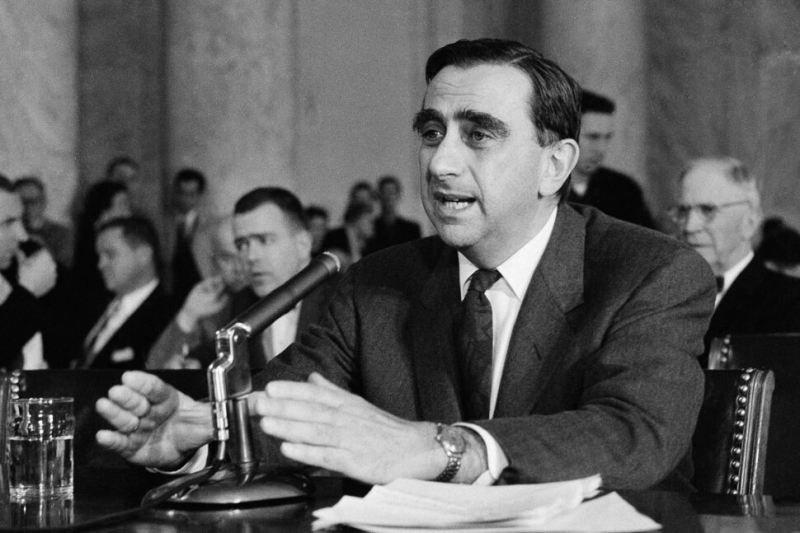
Photo: usnews.com 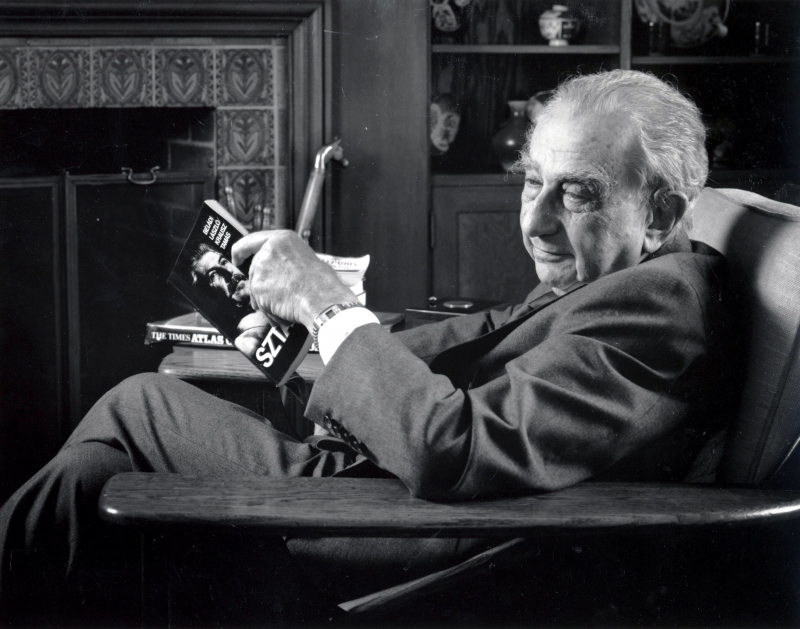
Photo: thoughtco.com -
It is a fact that Teller caused controversy when he testified against Oppenheimer in 1954. When Teller testified against Oppenheimer during Oppenheimer's security clearance hearing in 1954, he became a lightning rod for controversy. Teller had several disagreements with Oppenheimer at Los Alamos on matters relating to both fission and fusion research, and during Oppenheimer's trial, he was the sole member of the scientific community to say that Oppenheimer should not be granted security clearance.
Teller also said that Oppenheimer's opinion of the thermonuclear program appeared to be based on the weapon's scientific feasibility rather than anything else. Following this, he outlined how he believed Oppenheimer had hampered his attempts toward an active thermonuclear development program, and he attacked Oppenheimer's decision not to devote more work to the topic at various periods in his career.
By recasting a difference over the merits of early work on the hydrogen bomb project as a security danger, Teller successfully condemned Oppenheimer in a field where security was unavoidably important. Teller's statement made Oppenheimer exposed to claims by a Congressional aide that he was a Soviet spy, ending Oppenheimer's career.
After the fact, Teller repeatedly denied that he intended to convict Oppenheimer, even claiming that he was seeking to exonerate him. Teller argued that his statement had not affected Oppenheimer in any way. Teller claimed in 2002 that the security hearing did not destroy Oppenheimer, but that he was never longer invited to assist on policy matters. He said his statements were exaggerated because he had only recently learned of Oppenheimer's refusal to report an overture by Haakon Chevalier, who had approached Oppenheimer to assist the Russians.
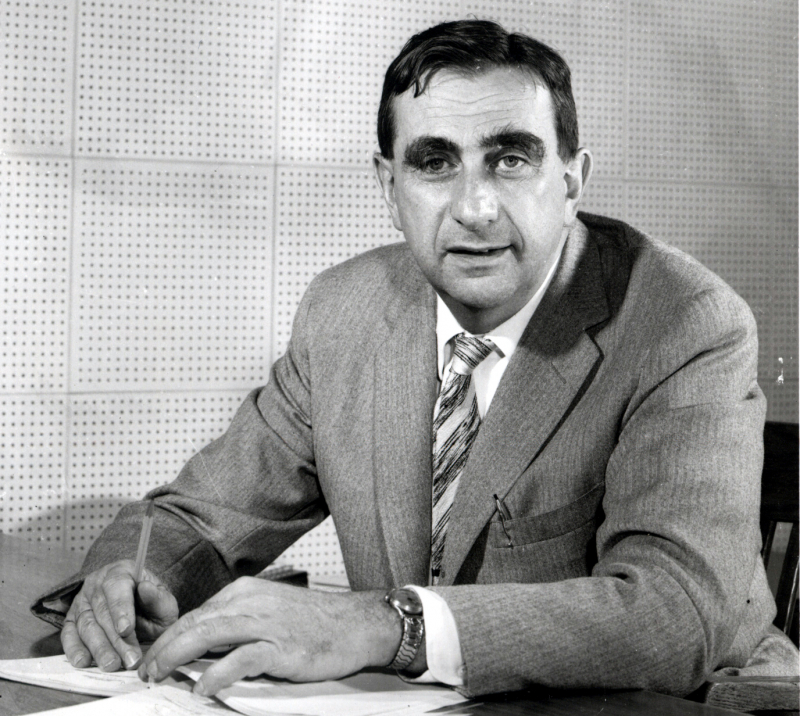
Photo: manhattanprojectvoices.org 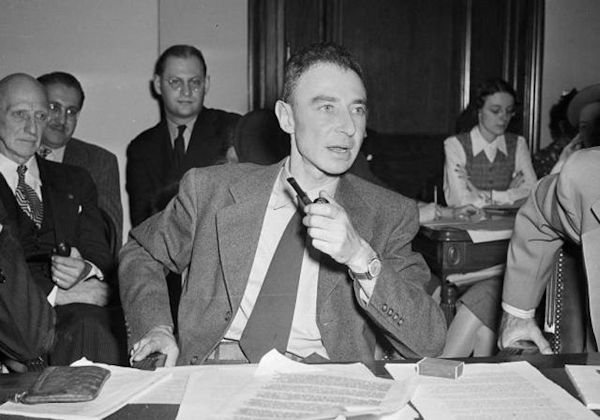
Robert Oppenheimer -Photo: famous-trials.com -
Teller was one of the first prominent people to warn about the dangers of climate change caused by the use of fossil fuels. Teller warned the American Chemical Society membership in December 1957 that the large amount of carbon-based fuel that had been burned since the mid-nineteenth century was increasing the concentration of carbon dioxide in the atmosphere, which would act in the same way as a greenhouse and raise the temperature at the surface, and that he had calculated that if the concentration of carbon dioxide in the atmosphere increased by 10% an appreciable increase in temperature at the surface.
Edward Teller warned about several environmental concerns occurring in 1959, during a symposium organized by the American Petroleum Institute and the Columbia Graduate School of Business to commemorate the centennial of the American oil industry. He claimed that anytime conventional fuel is burned, carbon dioxide is produced. Carbon dioxide has an unusual feature. It transmits visible light but absorbs infrared heat released by the earth. Because of its presence in the atmosphere, it generates a greenhouse effect. It has been calculated that a temperature increase equal to a 10% increase in carbon dioxide will be enough to melt the icecap and drown New York. He claims that all coastal cities would be affected and because a sizable portion of the human population lives in coastal areas, he believes that the chemical contamination is more dangerous than most people assume.
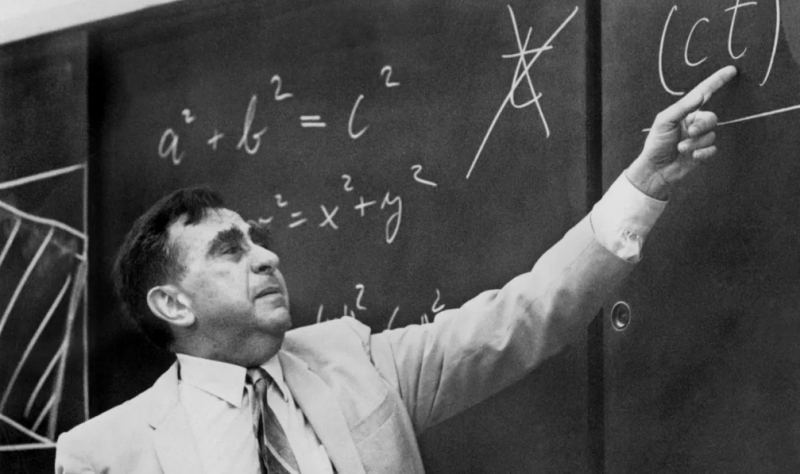
Photo: theguardian.com 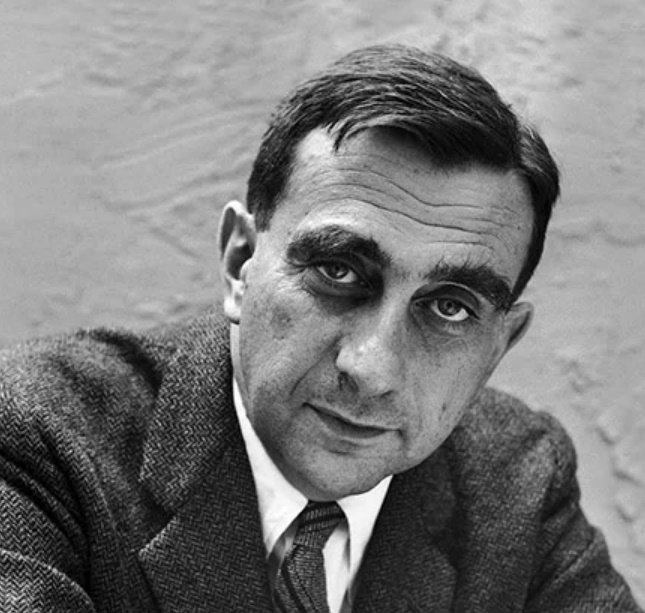
Photo: lindahall.org -
One of the most interesting facts about Edward Teller is that he was welcome in the government and military science areas. Along with his traditional support for nuclear energy development, a strong nuclear arsenal, and a vigorous nuclear testing program, he had helped to develop nuclear reactor safety standards as chair of the AEC's Reactor Safeguard Committee in the late 1940s, and in the late 1950s led an effort at General Atomics to design research reactors that would prevent a nuclear meltdown. Hundreds of hospitals and universities around the world have built and used the TRIGA for medical isotope production and research.
Teller advocated for increased defense spending in response to the feared Soviet missile threat. He signed the 1958 report of the Rockefeller Brothers-funded Special Studies Project's military sub-panel, which urged for a $3 billion annual increase in America's military spending.
He attended the Project Nobska anti-submarine warfare conference in 1956, where he discussed everything from oceanography to nuclear weapons. He launched a conversation about building a physically compact one-megaton nuclear warhead for the Polaris missile while discussing a small nuclear warhead for the Mark 45 torpedo. J. Carson Mark of the Los Alamos National Laboratory, his counterpart in the conversation, first maintained it couldn't be done.Dr. Mark eventually indicated, however, that a half-megaton warhead of sufficient size might be constructed. This yield, nearly thirty times that of the Hiroshima bomb, was sufficient for Chief of Naval Operations Admiral Arleigh Burke, who was present in person, and by the end of the year, Navy strategic missile development had transferred from Jupiter to Polaris.
From 1958 to 1960, he served as Director of the Lawrence Livermore National Laboratory, which he co-founded with Ernest O. Lawrence, and then as an Associate Director. He chaired the committee that established Berkeley's Space Sciences Laboratory. He was also a Professor of Physics at the University of California, Berkeley. He was a persistent champion for a strong nuclear program and campaigned for continuous testing and development; in fact, he resigned as Livermore's director to better lobby against the planned test ban. He testified against the test ban in both Congress and on television.
Teller created the Department of Applied Science at the University of California, Davis, and the Lawrence Livermore National Laboratory in his honor in 1963, which now houses the Edward Teller endowed chair. He retired from both the lab and Berkeley in 1975 and was named Director Emeritus of the Livermore Laboratory as well as Senior Research Fellow at the Hoover Institution. Following the fall of communism in Hungary in 1989, he returned multiple times, paying close attention to the political events there.
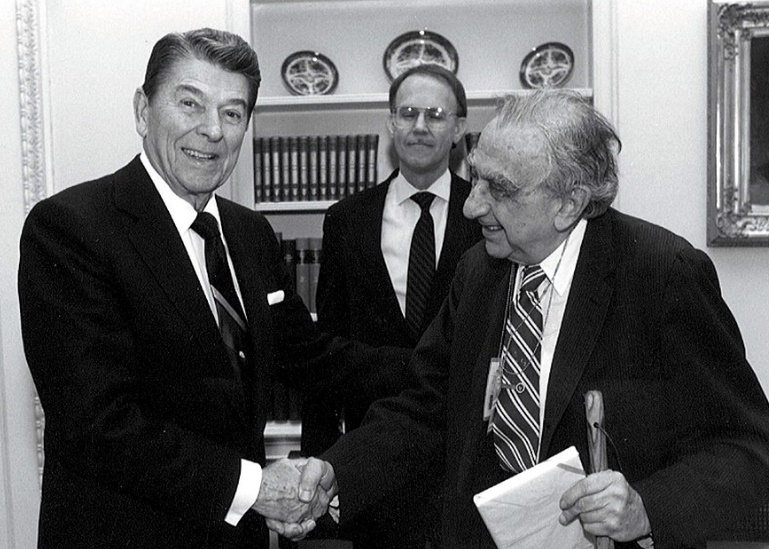
Photo: thereaderwiki.com 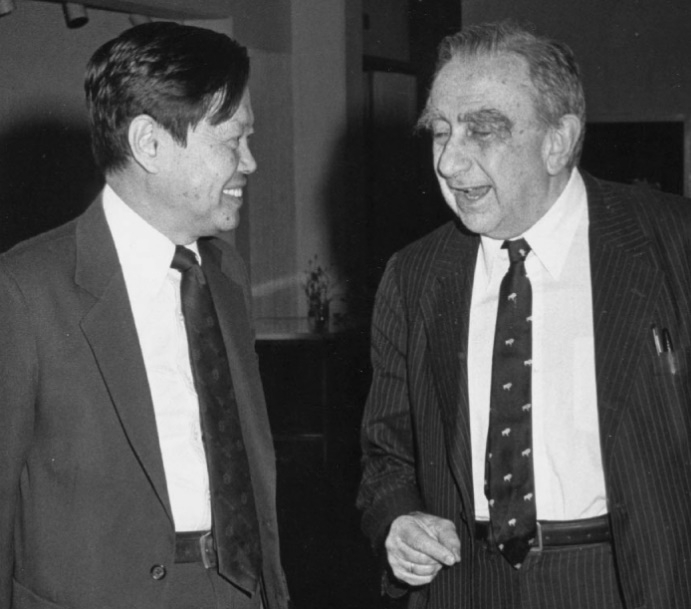
Photo: physicstoday.scitation.org









